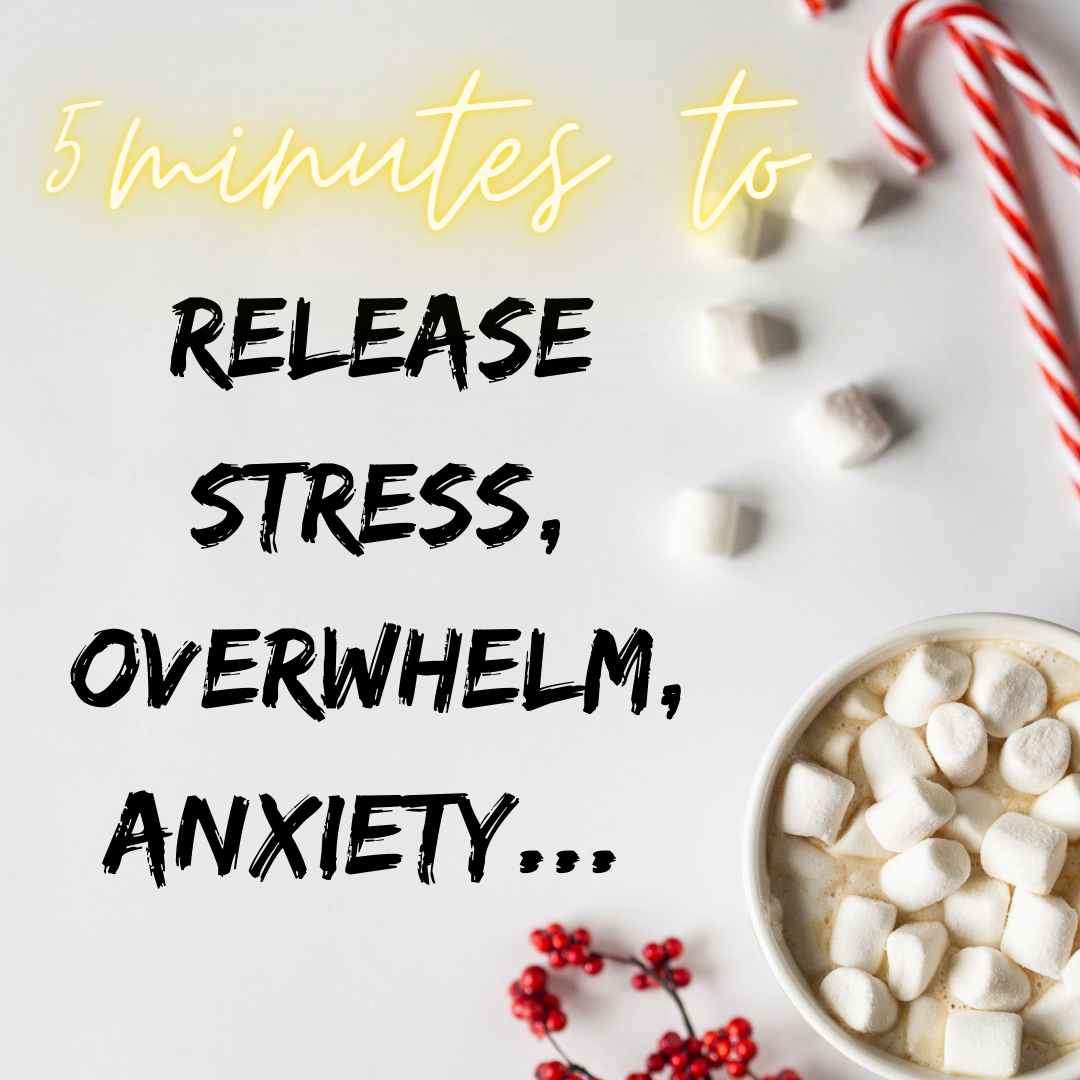Now this one is a tricky one. Because how many years can you have in a year? This question can seem crazy, BUT not for much longer. In this episode let’s talk about how to quadruple your productivity without working longer hours.
WATCH THE VIDEO OR READ THE POST BELOW:
The concept I’m going to talk about is dividing your year into 4 smaller parts and setting up goals for each of them, rather than deciding on New Years on your goals and resolutions for the whole 12 months.
This idea comes from a book called ‘The 12 Week Year: Get More Done In 12 Weeks Than Others Do in 12 Months‘ by Brian P. Moran and Michael Lennington.
Since I came across this book and implemented it, adjusting it a little bit to fit with my schedule and plans (which I’ll show you how to do), I’ve been able to get so much more done. AND have had much more fun sticking to my plans and my schedule, actually accomplishing my goals.
Now, why would dividing your year into smaller parts work and how does it even increase your productivity without working longer hours?
The concept is based on the fact that when we set goals, 12 months is really a rather long period of time, so at first we end up thinking we still have loads of time and don’t really take actions that would lead us towards our goals.
And then, suddenly, we wake up towards the end of the year. And then we scramble in those last 2-3 months to squeeze in anything we can that will help us make some of our goals happen. Making majority of your year hugely unproductive, with the ending being a sprint to get at least some stuff done and accomplished (before that invisible line and a deadline of the end of the year).
Also, those goals are much less precise and achievable. Because 12 months IS a long time and a lot can change in that time, how can you set realistic goals for something that is so far away? When you don’t even know where you’ll be by the time you start working towards those at the end of the calendar year?
The one action of tracking your time and goals in shorter periods will set you up for success.
12 weeks is always slightly less than 3 months and it’s much easier to plan for such time. You probably even have some appointments in that time already, so you know of any bigger events or trips that are coming up.
And by turning one year into about 4 of those shorter periods of time, with each of them having their own goals and deadlines, you end up setting yourself up for action and productivity, rather than falling in the trap of thinking that you still have plenty of time to accomplish what you wanted.
Now, let’s talk about how to implement such system of planning your time and goal-setting, so that you too can take advantage of it. (And while this part is not stricte from the book, but rather based on my own experience, I still recommend you read the “The 12 Week Year” if you can.)
This system is very simple and it consists of only 3 actions that you’ll need to take.
1. First, you’ll need to decide when each of the 4 “years” of the year will be happening for you.
There are 52 weeks in a year, which means that you can have 4 of those 12 weeks chunks of time and still schedule 4 weeks off in between them all. BUT this will work as well if you adjust this to your yearly schedule, the way you want to work and how much you want to work.
I have gone through a 7 weeks year once, I’m going through an 11 weeks year right now. This does not need to be perfect. The important part is to start. To sit down and schedule the next amount of weeks that you’ll make into your year 1 of ____ (and here put the year you’re in when you’re reading this). And then set your first goal or goals for that period.
I do 4 “years” a year, taking some time off after each of them AND making the last one a bit shorter. This allows me to take a longer break for the holidays and New Years, as I like to do a lot of journaling and self-reflection around that time, as well as planning my overall direction of what I want to do & accomplish next. So I’ll have 4 “years” in a year and I’ll number them: 1,2, 3 and 4. And then the following calendar year I’ll start again: 1,2,3,4.
I haven’t came up with a better word for it than a YEAR, so I do call them “year 1”, “year 2” etc. BUT if you have any ideas for a better term for this, then do leave me a comment with your idea below.
Note though that QUARTER is not actually a good word here, as quarter limits you to specific dates. And then you have to wait until that date to start and you can’t be as flexible with how long those periods are. PERIOD could be another word, but for me as a woman it just doesn’t bring to mind an especially productive time ;)
Anyway, you’ve gotta choose your dates first.
2. And then second action is very easy: track your progress.
Set goals for each of those smaller years and set milestones, including weekly goals of what you need to get done each week in order to accomplish your overall goal for that year 1, 2, 3 or 4.
Just remember, it’s better to underschedule and overdeliver, than schedule your goals to be so big for each week that you’ll have a hard time sticking to your plan and you’ll constantly feel like you’re behind.
You’re already winning by implementing this system and making 9 out of 12 months in a calendar year way more productive than you ever did, so set small goals for each week and celebrate each new accomplishment.
3. Finally, reflect on your accomplishments and plan your new goals between the end of an old and beginning of each new smaller “year”.
That increased reflection and goal setting will allow you to notice more what is and isn’t working, and what tasks are actually unnecessary and are not bringing you closer to your goals. And then, cut those out of your life entirely (or delegate), which will leave you even more time to focus on that which MATTERS and being truly productive.
This is how I’ve quadrupled my productivity, being able to create more AND have way more fun with goal setting. And you can do the same, without needing to put in more hours into your week, but rather dividing the 12 months into 4 shorter chunks of time, and setting goals for each of those. Then just make sure you track your progress week by week and at the end of each smaller year, reflect on what worked and what hasn’t. And adjust, either by delegating or cutting out completely the tasks or activities that do not bring you closer to any of your life or career goals.
Now, I’d like YOU to take action. Open up your calendar on a month-to month view and decide on your smaller years until the end of this year.
Even if it’s not January, you can start at any point, and you don’t necessarily have to have 4 shorter years this calendar year. You can schedule just a couple, if this feels right. And then get started on planning your main goal and weekly actions for your year 1 of this calendar year.
Once you decide, let me know in the comments below, when exactly are you going to start? And which part of this system are you most excited about implementing? I’d love to hear from you in the comments below.
That’s all for today. Share this episode and this blog post with your friends with the the social media button of your choice, so that they too can quadruple their productivity without working longer hours.
For more inspiring videos and articles to help you make YOUR dreams come true, leave your name and email below this post to get weekly notes from me directly to your inbox.
Thank you for watching and see you next week!








KAt, I like this system even more than Todd Herman’s 90 day year. I especially appreciate being encouraged to take time off for reflection and planning. I often find with myself and my clients that we all tend to just keep working and then burnout, rather than stepping back now and again. I’m starting with a 13 week year between now and my vacation in early June. I plan to work on list building and next launch for my online course. In my personal life, I’m planning to get my vegetable and flower garden in shape for the year. I’m excited! Thanks for the inspiration! Annie
Thank you, Annie!
And 13 week year until a vacation seems like a perfect place to start. That’s exactly what I meant when I said that it should be flexible and we should be able to adjust it to our plans. Especially as business owners! I love how you set both business and a personal goal.
Now, next step would be to plan out your actions of what you want to get done IN ORDER TO accomplish those goals. Good luck and keep me posted! Kat xx